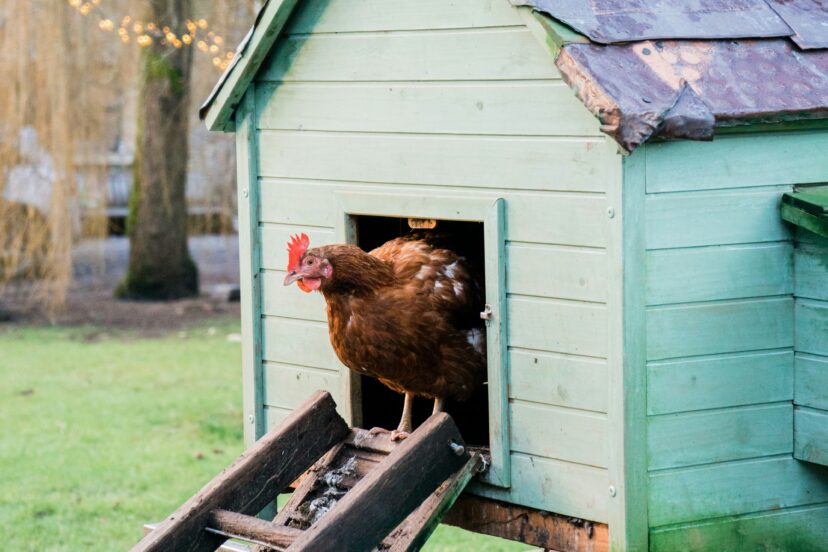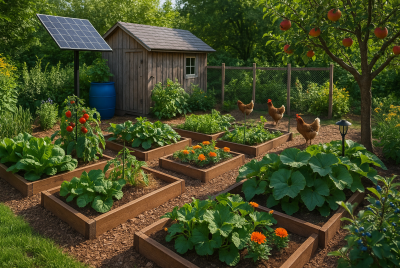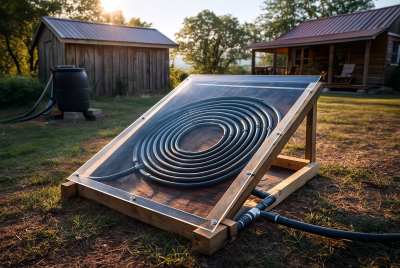10 Chicken Coops for Beginners: What You Need to Know
We may earn a commission for purchases made using our links. Please see our disclosure to learn more.
Congratulations if you have decided to start raising chickens! There’s something unique about having fresh eggs at your fingers and watching your chickens explore the yard. Meanwhile, before you bring your feathery friends home, you must first choose the best chicken house. It’s one of the very first choices that you’ll face as a chicken owner, and it can be challenging at first. Don’t worry, though; I’ll walk you through all you need to know about choosing the best chicken coops for beginners.
What Makes a Chicken Coop Beginner-Friendly?
If you’re new to hens, you’ll most likely want a coop that’s simple to maintain and doesn’t have too many sophisticated features. The finest chicken house for beginners should be simple yet functional. Consider it a fundamental foundation: you need something solid, secure, and equipped with all of the necessary amenities to keep your chickens comfortable and safe. A decent coop should be easy to clean, provide plenty of space for your chickens, and, most importantly, protect them from predators.
Understanding the Basics: What Should a Chicken Coop Have?
Let’s quickly go over the basics that every chicken coops for beginners should have before getting into specific coop designs. First and foremost, it should offer weather protection—hens want a dry, comfortable area to roost because rain, wind, and extremely high or low temperatures can be harsh on them. Another major concern is security. You don’t want any foxes or ravenous raccoons using your flock as a nocturnal feast! In order to maintain fresh air and avoid that disagreeable ammonia odor, you also need adequate ventilation. Not to mention, don’t overlook space. More space is preferable for chickens since they need it to walk around, roost, and deposit their eggs comfortably.
Consider Your Chicken Flock Size
You plan to grow how many chickens? You can determine what size coop you need by asking yourself this question. If you want to grow your chicken family, you’ll need a larger coop, but a small flock can be good in a tiny one. Aim for roughly two to three square feet for each chicken in the coop and eight to ten square feet for each bird on the run. Consider it this way: Your hens require a place that is familiar to them and allows them to roam freely without constantly running into one another.
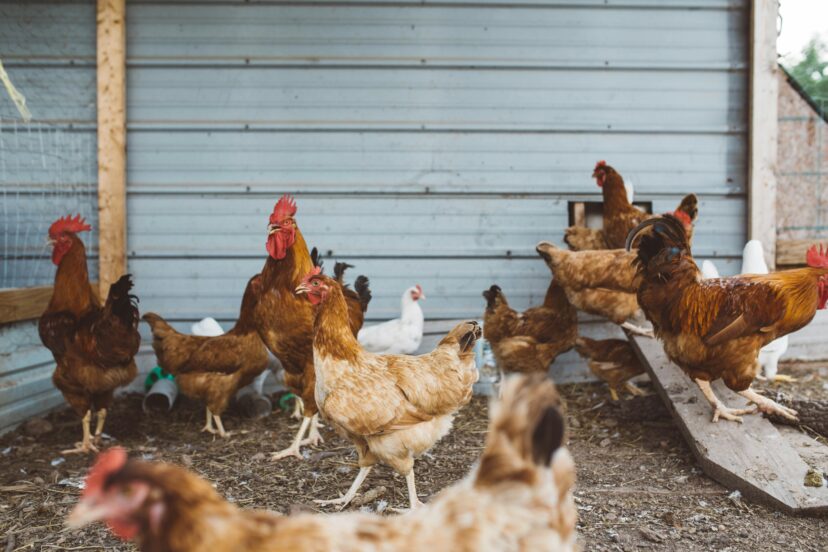
10 Chicken Coops for Beginners: Our Top Picks
Now let’s get into the fun part – the coops! Here are 10 chicken coops for beginners, each with its own unique perks.
1. MEDEHOO Large Chicken Coop
If you’re looking for a spacious, sturdy coop that’s also easy to clean, the MEDEHOO Large Chicken Coop is a great option. It has plenty of room for your chickens to move around, and the pull-out tray makes cleaning a breeze. The design also includes secure locks to keep your chickens safe from predators. It’s perfect for those who want a blend of comfort and convenience.
2. Chicken Coop for Chickens, Poultry House for Rabbits & Ducks
This poultry house is waterproof and durable, providing a safe haven for chickens, ducks, or even rabbits. It’s a solid, all-in-one coop that’s easy to set up and maintain. Perfect for those starting small, it has a simple, effective design and is built to protect your chickens from the elements. Plus, it’s affordable!
3. BOSSIN Bold Chicken Coop
The Chicken Coop is a great option for outdoor chicken keepers. It’s made from solid wood with a weather-resistant roof, so your chickens will stay dry and protected. The design is compact but provides enough space for a small flock, and it’s easy to maintain, making it a fantastic choice for beginners.
4. MoNiBloom Chicken Coop Hen House
The MoNiBloom Chicken Coop is perfect for beginners who want an easy-to-clean setup. It features a removable design, allowing you to clean it effortlessly. Plus, it’s waterproof, so your chickens will stay dry and safe, no matter the weather. This coop is great for those who want low maintenance with maximum comfort for their flock.
5. Chicken and Rabbit Coop for Indoor and Outdoor Use
This versatile Chicken and Rabbit Coop is perfect for small animals and multiple species. It’s easy to assemble, offers good ventilation, and is great for beginners. Whether you want to house chickens, rabbits, or both, this coop is a solid choice for a small backyard farm.
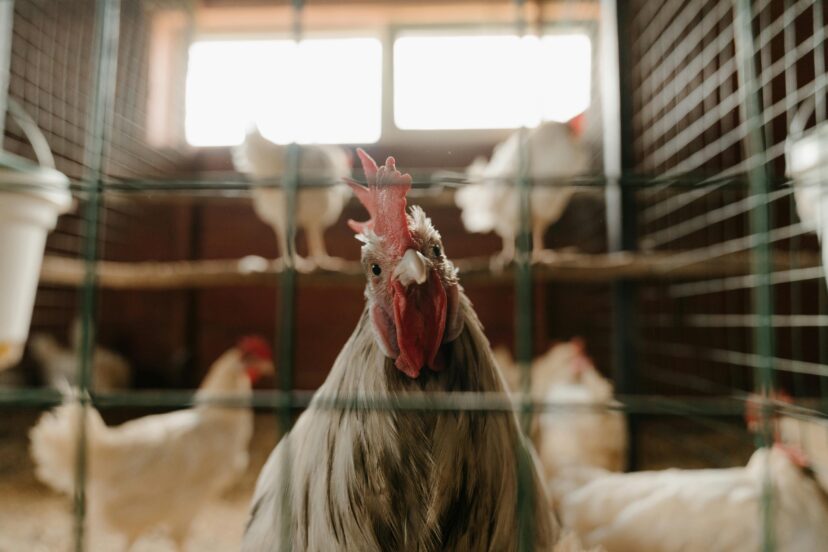
6. VEVOR Chicken Coop with Run
The VEVOR Chicken Coop is a great option if you’re looking for a large, secure coop with plenty of space for your chickens to roam. It comes with a solid metal frame, waterproof tarp, and an easy-to-clean design. Perfect for beginners who want a low-maintenance yet spacious setup for their flock.
7. Ogrmar Chicken Coop with Ventilation
Looking for something with better airflow? The Ogrmar Chicken Coop comes with built-in ventilation to ensure your chickens get fresh air at all times. It’s easy to assemble and perfect for small backyards. The compact design makes it great for beginners who want a secure and well-ventilated space for their chickens.
8. Quictent Roosting Chicken Coop
The Quictent Roosting Coop is perfect for beginners who want an easy-to-assemble, weatherproof coop. Its spacious design includes a waterproof cover and a large run area for chickens to explore. The galvanized steel frame ensures durability, and it’s a great option for larger flocks.
9. Aivituvin Chicken Coop for Poultry
This Aivituvin Chicken Coop is ideal for beginners who want a well-built, secure outdoor coop. It’s designed with an easy-to-clean layout, spacious run, and a good-sized nesting area. Perfect for small to medium flocks, this coop also has a weather-resistant design to keep your chickens comfortable year-round.
10. Outdoor Chicken Coop for Poultry
If you’re looking for a coop that’s both spacious and weather-resistant, the ECOLINEAR Outdoor Chicken Coop is an excellent choice. It features multiple compartments for nesting and a roomy run area for your chickens to exercise and roam. The sturdy design and well-ventilated structure make it an ideal choice for beginner chicken keepers.
Impact of Coop Layout and Alternative Systems on Poultry Welfare
The layout and design of chicken coops significantly influence poultry welfare and productivity. A study on ventilation airflow organization in chicken coops found that the optimal coop layout helps maintain proper airflow, improving chicken health and comfort. Additionally, a comprehensive review of alternative poultry systems highlighted that while free-range and outdoor systems offer better health benefits, they also expose chickens to potential disease risks. These findings suggest that coop design and system type must be carefully considered to balance welfare and productivity.
The Importance of Coop Ventilation
Proper ventilation in your chicken coop is absolutely essential. Without it, things can get pretty stinky and uncomfortable. Good airflow helps keep ammonia levels low, which is important for the health of your chickens. Make sure your coop has enough windows, vents, or even a roof design that allows fresh air to circulate and keep your chickens breathing easy.
How to Ensure Chicken Coop Security
Your chickens are adorable, but they’re also a tasty snack for predators like raccoons, foxes, and hawks. That’s why security is non-negotiable. A good coop should have secure locks, sturdy materials, and no gaps big enough for critters to squeeze through. It’s always a good idea to add a layer of hardware cloth (instead of just chicken wire) for extra protection.
Chicken Coop Insulation: Do You Need It?
If you live in a region that gets cold in the winter, you might want to consider insulating your chicken coop. Insulation helps keep the temperature stable inside the coop, which is especially important for keeping your chickens warm. But don’t overdo it – you still need proper ventilation to avoid trapping too much heat inside.
Space Requirements for Chickens
Chickens are social animals, but they also like their personal space. Overcrowding can cause stress, leading to fighting and unhealthy conditions. For a comfortable living environment, plan on providing at least 2-3 square feet of space inside the coop for each chicken. And don’t forget to include plenty of room in the run!
Easy Chicken Coop Maintenance Tips
Keeping your chicken coop clean doesn’t have to be a major chore. Set aside time each week to do a thorough cleaning – change out bedding, clean water containers, and check for any damage. Keeping the coop clean will help prevent diseases and keep your chickens healthy and happy.
What to Look for in Chicken Coops for Beginners
So, what should you look for when choosing a chicken coop? Here’s a quick checklist: Easy cleaning, secure doors, proper weather protection, and good accessibility. Whether you’re assembling it yourself or buying a pre-built one, these features should be at the top of your list.
Will My Chickens Be Comfortable?
Comfort is key to keeping your chickens happy. Make sure they have enough space to roam, comfortable nesting boxes to lay their eggs, and a safe, secure environment. Your chickens are more likely to thrive and produce eggs if they feel at home in their coop.
How to Prevent Common Chicken Coop Problems
Like any pet, chickens come with their own set of challenges. Common problems include moisture buildup, pests, and poor ventilation. To avoid these, regularly inspect your coop and stay on top of maintenance. A little prevention can go a long way in keeping your flock healthy.
Chicken Coop Costs: What to Expect
The cost of a chicken coop can vary depending on the size and materials. Smaller coops might cost anywhere from $100 to $500, while larger or more elaborate setups can range from $1,000 to $3,000. It’s an investment, but one that will pay off in the long run with fresh eggs and happy chickens.
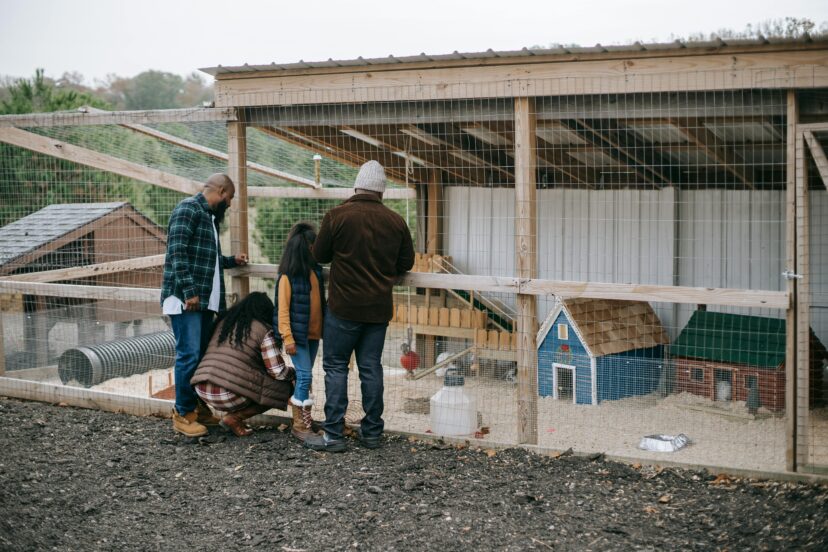
Are Chicken Coops Worth the Investment?
Yes, absolutely! While the upfront cost can be a little intimidating, raising chickens has so many benefits. From fresh eggs to natural pest control, you’ll quickly see the value. Plus, with proper care, your coop will last for years. If you’re looking for homesteading tips, check out this article on home brewing.
Conclusion
Choosing the right chicken coop boils down to understanding your needs, budget, and how many chickens you plan on keeping. Whether you go for something simple and small or a larger, more elaborate setup, make sure your chickens have the space and comfort they deserve. With the right chicken coop, you’re well on your way to happy, healthy chickens and fresh eggs in no time!
FAQs
- How much space do chickens need in a coop?
2-3 square feet of space inside their coop is actually fine. For outdoor runs, they need 8-10 square feet.
- Does a chicken coop need proper insulation?
Insulation is helpful in cold climates, but make sure your coop still has proper ventilation to avoid overheating.
- How often should I clean my chicken coop?
Clean your chicken coop at least once a week to maintain a healthy environment for your chickens.
- Can I build my own chicken coop?
Yes! Many beginners build their own chicken coops. You can even use pallet wood for a budget-friendly option.
- What’s the best material for a chicken coop?
Wood is a popular choice, but make sure it’s treated to resist the elements. You can also use metal or plastic for certain parts of the coop.

